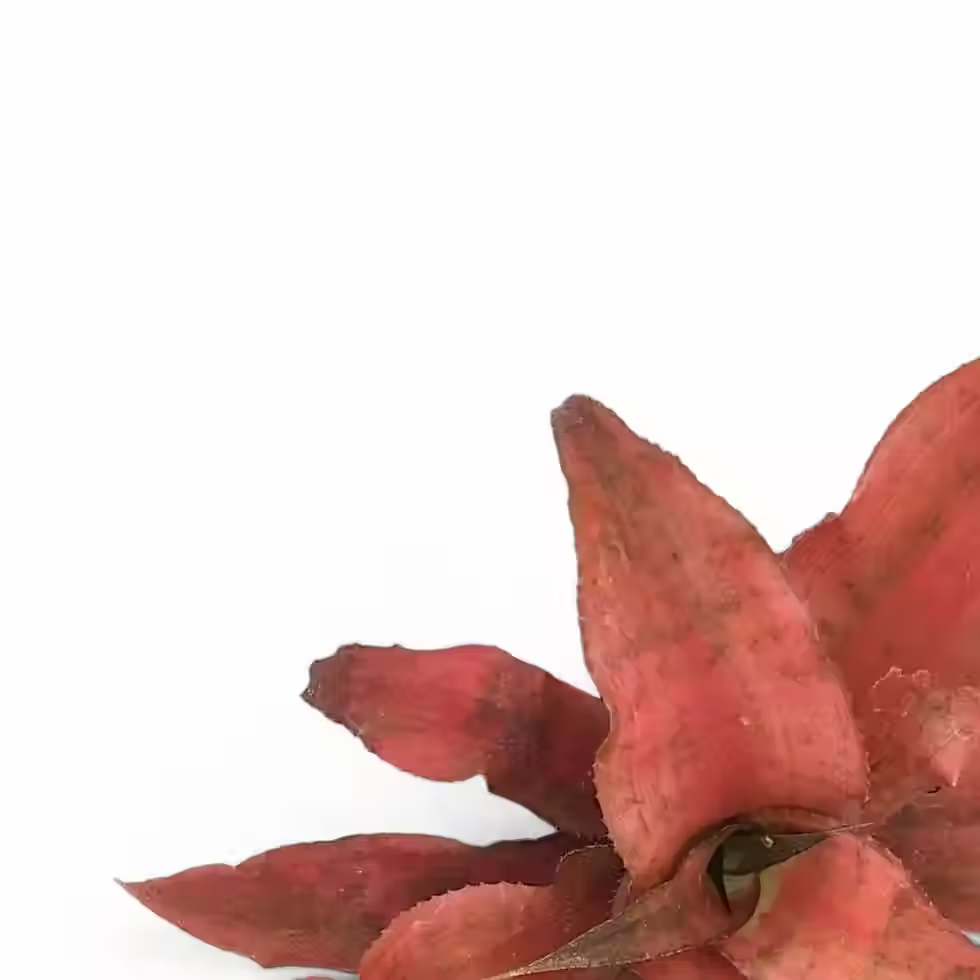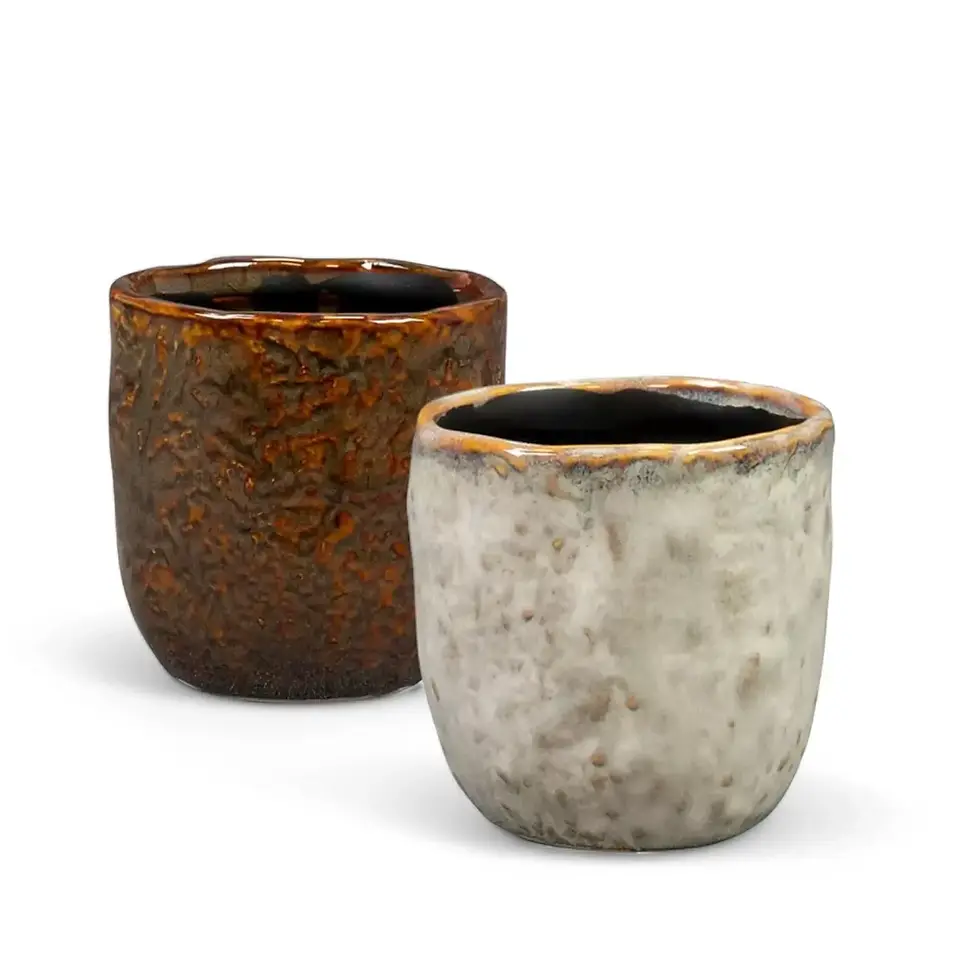Monstera adansonii 'Monkey Leaf' – Wild Shape, Tame Growth
If your indoor jungle needs a bit of attitude, Monstera adansonii 'Monkey Leaf' delivers. Native to the tropical rainforests of Central and South America, this climbing aroid grows like a wild vine in nature—wrapping itself around trees and reaching heights up to 6 meters. Indoors, it stays compact and manageable while still showing off those iconic hole-punched leaves. Give it a pole, a basket, or let it trail – it adapts and thrives.
Monstera adansonii 'Monkey Leaf' – What Makes It Stand Out?
- Playfully Perforated Foliage: Mature leaves develop dramatic oval-shaped holes, giving it that unmistakable Swiss-cheese vibe.
- Flexible Growth Habit: Starts as a crawler, becomes a climber—perfect for moss poles, hanging baskets, or wall-mounted displays.
- Versatile Indoors: Handles a wide range of conditions and still brings visual drama.
- Beginner-Friendly: Forgiving, low-maintenance, and resilient if you stick to the basics.
- Toxic to Pets: Contains calcium oxalates—keep away from curious pets and kids.
How to Care for Monstera adansonii 'Monkey Leaf'
→ Light Needs
- Thrives in bright, filtered light. Think near a sheer-curtained east or north-facing window.
- Too much direct sun will crisp those delicate leaves. Too little, and the fenestrations may not develop.
→ Watering Routine
- Let the top 2–3 cm of soil dry before watering. It's better to be slightly dry than soggy.
- Root rot is the main enemy—make sure your pot drains well.
→ Humidity
- Loves humidity. Aim for 60% or higher, especially in winter when indoor air gets dry.
- Group it with other plants or run a humidifier—it’ll thank you with lush growth.
→ Temperature
- 18–26 °C is ideal. It doesn’t like cold drafts or big temperature swings.
→ Soil and Potting Mix
- Use a chunky, well-draining mix: coconut coir, perlite, and orchid bark are a great combo.
→ Repotting and Support
- Repot every 1–2 years or when roots outgrow the pot.
- Add a moss pole to help it climb and develop larger leaves with better fenestrations.
→ Fertilizing Tips
- Feed with a balanced liquid fertilizer every 4–6 weeks during active growth.
- Flush soil occasionally to prevent salt buildup.
→ Propagation
- Snip a stem just below a node. Root it in water or sphagnum moss—roots usually develop fast.
→ Semi-Hydro Compatible
- Grows well in LECA or full hydro setups if you're into soil-free plant care.
→ Pruning and Maintenance
- Trim to shape or encourage bushier growth. Don’t be afraid to cut—it bounces back fast.
→ Where to Place It
- Ideal for bright bathrooms, bookshelves, or hanging baskets in humid spots.
- Let it trail or climb depending on your style—this plant plays both roles well.
Monstera adansonii 'Monkey Leaf' – Common Issues and Fixes
→ Pest Troubles?
- Spider mites: Wipe down leaves and treat with neem oil or insecticidal soap.
- Mealybugs or scale: Use a cotton swab dipped in alcohol and follow up with a treatment spray.
- Fungus gnats: Reduce watering and let soil dry out more between waterings.
→ Leaf Problems?
- Yellowing leaves: Usually too much water. Cut back and let the roots breathe.
- Brown tips: Dry air. Increase humidity.
- Droopy plant: Could be thirsty, overwatered, or cold. Check soil and location.
- No fenestrations: Not enough light or too young. Be patient—but also, move it closer to the window.
Monstera adansonii 'Monkey Leaf' – Behind the Name
The name “Monkey Leaf” comes from the playful shape of its leaves, which look like something a monkey might peek through. Scientifically, it’s named after French botanist Michel Adanson. It’s been split into subspecies over time, like laniata and klotzschiana, thanks to its broad native range across the Americas.
Did You Know?
- It’s epiphytic and terrestrial—can grow on trees *and* the forest floor.
- Found from the Amazon basin to elevations over 2,000 meters—adaptable is an understatement.
- Part of the Araceae family, related to Monstera deliciosa but with a very different personality.
Real Questions from Plant Parents
- How often should I water it? When the top 2–3 cm of soil is dry. Don’t let it stay soggy.
- Why aren’t there holes in my leaves? It needs more light or time. Young leaves don’t always fenestrate.
- Can it live in low light? Yes, but growth slows and leaves stay smaller. Brighter light = better fenestrations.
Bring Home Your Own Monstera adansonii 'Monkey Leaf'
This plant doesn’t just fit in—it makes your space feel more alive. Whether it climbs, trails, or sits center stage, Monstera adansonii 'Monkey Leaf' brings a wild, tropical vibe to any room. Ready to let it swing into your collection?
Monstera adansonii 'Monkey leaf'
Monstera adansonii 'Monkey leaf' comes in following sizes:
Baby Plant – is approximately 12 cm tall and comes in a ⌀ 6 cm pot.
S – is approximately 25 cm tall and comes in a ⌀ 12 cm pot.
M – is approximately 40 cm tall and comes in a ⌀ 15 cm hanging pot.
L – is approximately 75 cm tall and comes in a ⌀ 16 cm pot with a moss pole.
XL – is approximately 120 cm tall and comes in a ⌀ 24 cm pot with a moss pole.
XXL – is approximately 160 cm tall and comes in a ⌀ 27 cm pot with a moss pole.

























































